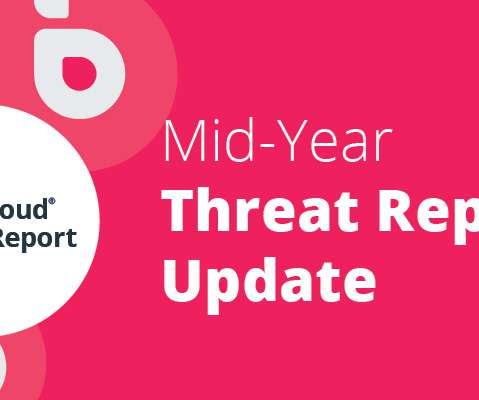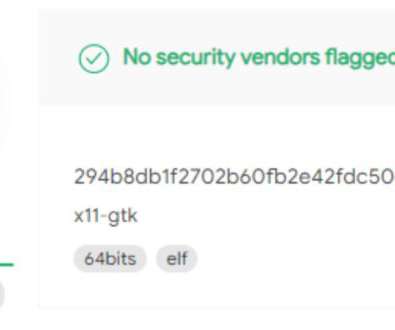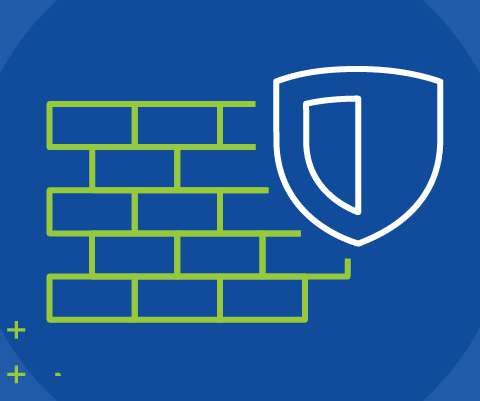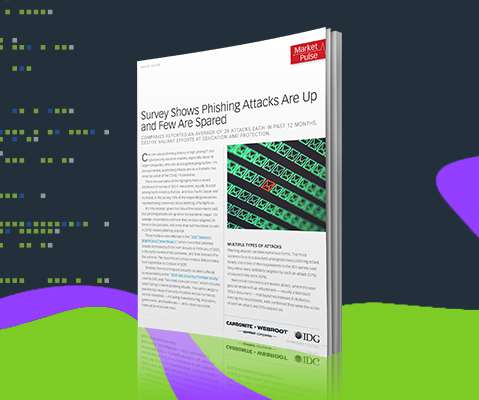BrightCloud® Threat Report Mid-Year Update: Reinvention is the Name of the Game
Webroot
AUGUST 10, 2022
When was the last time you secretly smiled when ransomware gangs had their bitcoin stolen, their malware servers shut down, or were forced to disband? MALWARE CONTINUES TO ITERATE, AND GROW. In fact, there are 31% fewer infections when endpoint and DNS protection are combined. PHISHING PREYED ON A VOLATILE MARKET.
























Let's personalize your content